Hilton Food Group executive says seafood must deal with a ‘reputational gap’ in addition to geopolitical headwinds
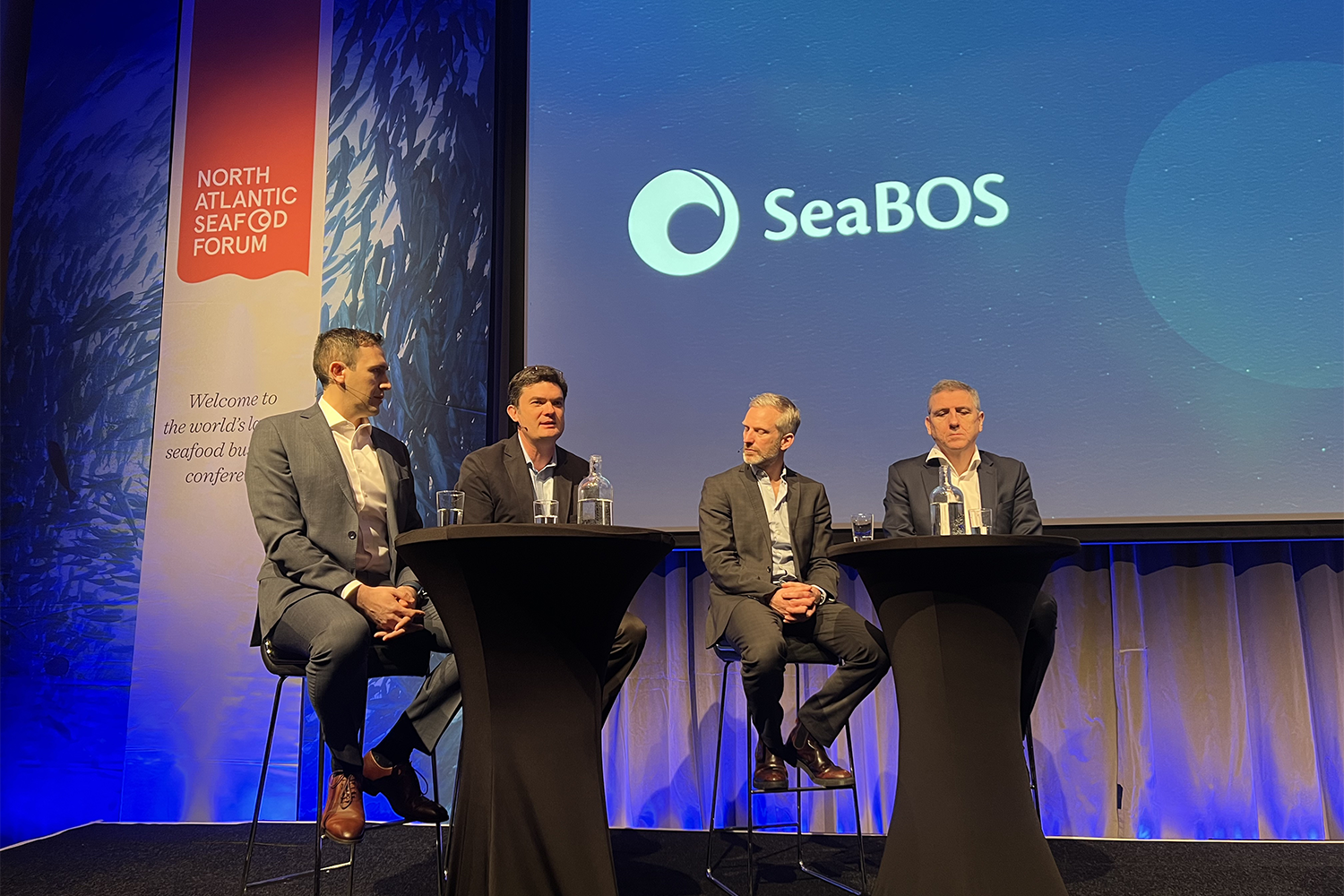
The 880 registered attendees of the North Atlantic Seafood Forum filed into one room on Wednesday morning in Bergen, Norway, to start the second day of the world’s largest seafood business conference – a full day of exploring the past, present and future of fisheries and aquafeeds, with a sharp look at pressing global conflicts.
Bjørnar Selnes Skjæran, Minister of Fisheries for the Norwegian government, began the day’s proceedings with an overview of the impact of Norway’s seafood industry on the national economy and culture. “Advanced and globally oriented, the industry is a pillar of our economy,” he said, touting the nation’s seafood product quality and sustainability bona fides.
But on the horizon lay many significant challenges, none larger than Russia.
“We are experiencing a challenging time. One crisis seems to follow another,” said Selnes Skjæran, adding that the ongoing Russia-Ukraine conflict “makes it harder to meet other global challenges like climate change. It’s a setback for global recovery.”
The big news of the day for Norway, in particular, is one that its seafood companies longed to see: According to Gorjan Nikolik, lead seafood analyst at top agricultural lender Rabobank of the Netherlands, Norway is now the world’s leading seafood exporter, with a comfortable margin over Ecuador – but one that could be closing soon given Ecuador’s booming shrimp sector.
The No. 1 seafood exporter ranking is new for Norway, as the spot was long claimed by China. But in just the past five years, China has become a net seafood importer, buying large sums of shrimp from Ecuador, among other items. Nikolik noted that China is not even in the top 10 list of seafood exporters, marking a massive change in the global seafood marketplace and the power of a seafood market with 1.4 billion people.
“The whole world changed in just a couple of years,” said Nikolik, in perhaps the understatement of the entire event. “Shrimp and salmon are the two big leaders in the seafood world and are dominated by aquaculture” and Nikolik estimated that each sector would surpass global pork and chicken supplies by the year 2030. “Wild fisheries don’t have a long-term growth path. These two do.”
Keystone companies
Steven Rafferty, CEO of farmed salmon producer Cermaq (owned by Japanese conglomerate Mitsubishi) said salmon farmers face a common challenge, underlining the importance of ocean stewardship, given the importance of the world’s coastlines for business and tourism.
“It’s a privileged position, to use the oceans. It’s an emotional thing to use the oceans to produce food. We’re all in the same boat. When people go on vacations they tend to look to the coasts,” said Rafferty during a panel of SeaBOS member companies. SeaBOS is a group of the world’s top seafood companies that are collaborating on common industry goals in coordination with the Stockholm Resilience Center.
Dr. Henrik Österblom, professor and science director at the Stockholm Resilience Centre, said the initiative was launched in 2012 to create models to “predict the future of the ocean” and the intent was to foster industry collaboration among “keystone actors” like Mowi, Cermaq, Thai Union, Skretting, Cargill and others.
Dave Robb, sustainability program lead, Cargill Aqua Nutrition (who was sitting in for company President Helene Ziv-Douki), said it was incumbent upon the world’s leading companies to “accelerate and show delivery” on key sustainability initiatives. Other aquafeed giants are on the same page, as Jorge Diaz, sustainability manager for Skretting, said that with major issues facing the industry like antimicrobial resistance, IUU (illegal, unregulated and unreported) fishing, forced labor at sea and climate change, “There is a lot we can do on our own, but we would not be able to deliver in time. The world cannot wait for us. This is a marathon but we need to run it fast.”
Innovator on the up
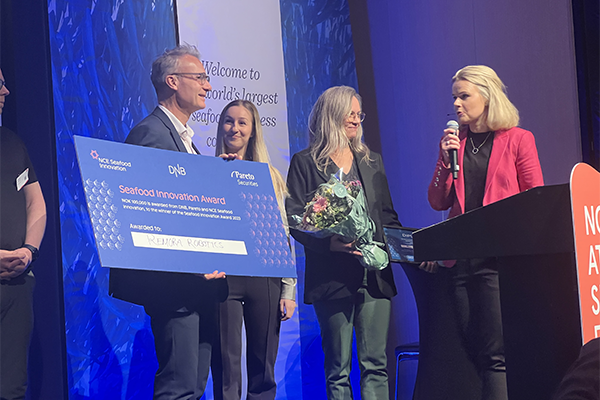
Remora Robotics was named the winner of the NASF Seafood Innovation Award 2023. The company’s innovation is an automated net pen cleaner – a device surely to be of interest to Norwegian salmon producers, who are attending NASF in great numbers.
Remora received a NOK 100,000 investment, space in the NCE Seafood Innovation Cluster and a number of other company-building opportunities.
Judges determined that of the dozen or so finalists under consideration that Remora scored best on the four key criteria: environmental impact, business idea, team and growth potential.
Conflict resolution
Russia’s invasion of Ukraine has disrupted supply chains worldwide and prompted many countries to cut off trade ties with the world’s largest nation by square mileage. Geir Hønneland, senior scientist at the Fridtjof Nansen Institute (FNI) in Norway, said that Norway’s position is somewhat tenuous, and the nation has no choice but to collaborate with its powerful neighbor on fishery management in the Barents Sea, home to the world’s largest cod stock.
The Norway-Russia Joint Fisheries Commission sets the total allowable catch for common fish stocks, and the most important ones are split 50/50, said Hønneland.
“Cooperation continues. Why? We have a shared interest [to maintain] negotiation mechanisms and institutional capacity,” he said, outlining decades of cooperation and understanding between the two fishing giants.
Will Russia break the cooperation, as some fear, asked Hønneland?
“As long as this is decided in Russia at the level of fishery management authorities, Russia will continue. If It’s raised to a higher political level, big politics might trump economy,” he said.
Is sustainability a luxury?
Is sustainability a luxury in today’s world, given all the environmental, economic and political headwinds? So asked Esther Luiten, communications lead at the Aquaculture Stewardship Council, to a room full of NASF delegates. Only one person raised their hand, who then commented that in areas of the world that lack the resources, infrastructure and industry-government supportive relationship like Norway has, the answer isn’t so simple.
You don’t have to travel far from Norway to find an example of a rapidly changing seafood marketplace. Next-door neighbor Sweden is wrestling with changing views on sustainability and the implications of the current economic climate. Sweden imports 72 percent of its seafood supply – the lion’s share supplied by Norway – and that just four species (salmon, herring, prawns and cod) account for 64 percent of the country’s seafood consumption.
That’s all according to Krishan Kent, chairman of the Sweden Seafood Association, who admitted that “what we catch is not always what we eat,” remarking that the Baltic Sea is limited in its offerings: herring and sprat make up the bulk of the catch in the Baltic.
“Seafood is a constantly moving target,” said Kent, saying that Sweden’s seafood marketplace was once characterized as wild-caught and volume-driven but is now more greatly influenced by aquaculture, new species and regional sourcing since Sweden made a concerted effort to reduce its dependence on China for seafood processing.
“Political sustainability, this is new, how do we deal with that?” he asked. “Supply had never been an issue. Suddenly, interest rates up and [Swedes have] more debt to income. And Sweden is not a good place to be dealing with high energy costs.”
Unfavorable consumer perceptions of the seafood sector, mainly driven by the media, only compound these problems, said Nigel Edwards, group sustainability director for U.K. supplier Hilton Foods. This dynamic makes it hard for even good news about seafood and the oceans to filter through to consumers.
“A number of eco-actives have declined as the consumer worries about finances, conflict and the pandemic,” said Edwards. “Consumers are becoming deflated. We have a reputation gap at the moment that we need to fill. There’s so much good news going on, and we can drive this reputation forward but it has to be evidence-based.”
Follow the Advocate on Twitter @GSA_Advocate
Now that you've reached the end of the article ...
… please consider supporting GSA’s mission to advance responsible seafood practices through education, advocacy and third-party assurances. The Advocate aims to document the evolution of responsible seafood practices and share the expansive knowledge of our vast network of contributors.
By becoming a Global Seafood Alliance member, you’re ensuring that all of the pre-competitive work we do through member benefits, resources and events can continue. Individual membership costs just $50 a year.
Not a GSA member? Join us.
Author
-
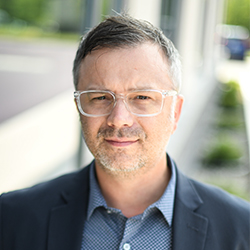
James Wright
Editorial Manager
Global Seafood Alliance
Portsmouth, NH, USA[103,114,111,46,100,111,111,102,97,101,115,108,97,98,111,108,103,64,116,104,103,105,114,119,46,115,101,109,97,106]
Tagged With
Related Posts
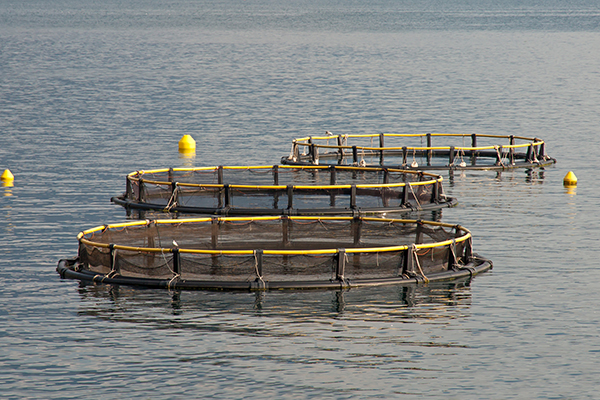
Responsibility
European Commission activates crisis measures to support seafood sectors impacted by Ukraine-Russia war
The European Commission has activated new crisis measures to support the seafood sectors impacted by the Ukraine-Russian war.
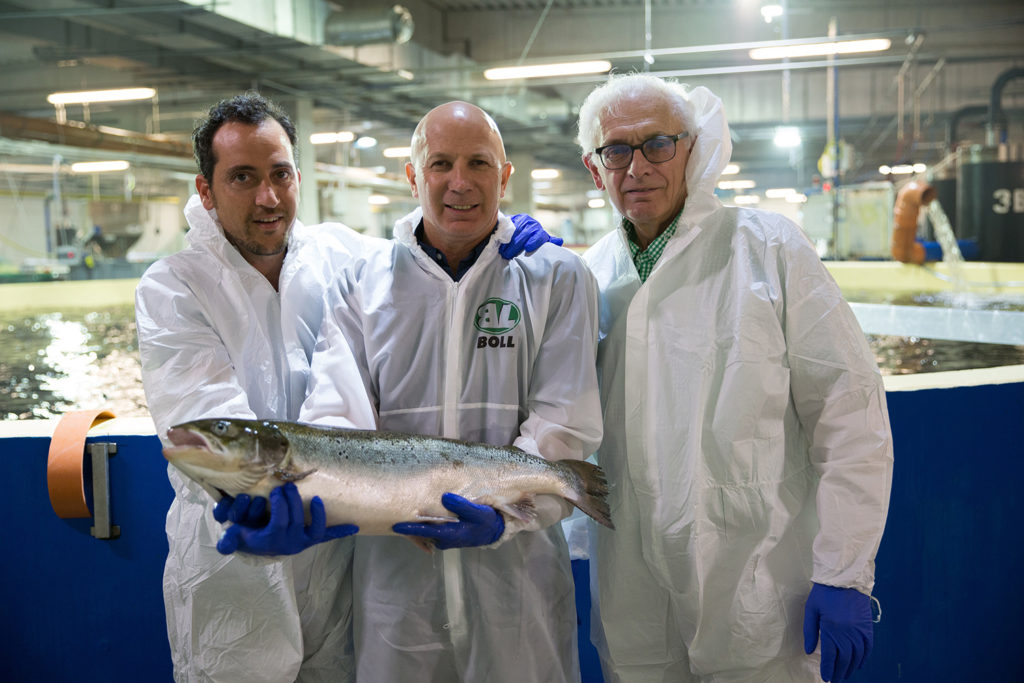
Innovation & Investment
AquaMaof cultivating a ‘new generation’ of fish farmers
Israel-based AquaMaof has seen its RAS technology rolled out to 10 facilities around the world, with more still in the pipeline.
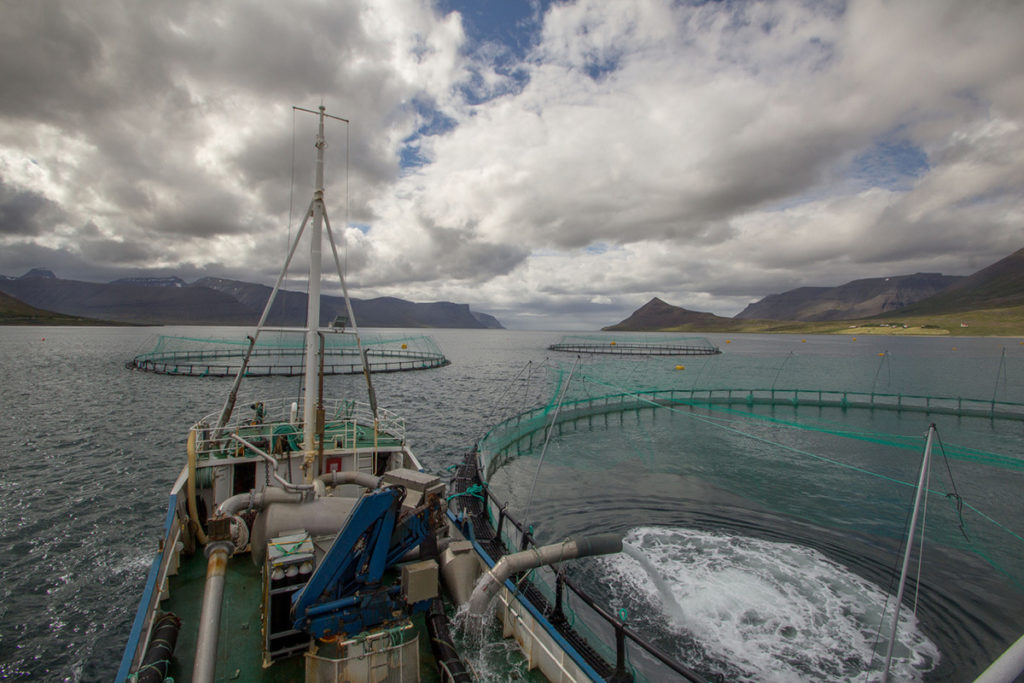
Intelligence
For these Nordic salmon farmers, it’s niche-ly done
Prioritizing quality and provenance over volume, Nordic nations Iceland and the Faroe Islands are plowing a rich furrow in the farmed salmon sector.
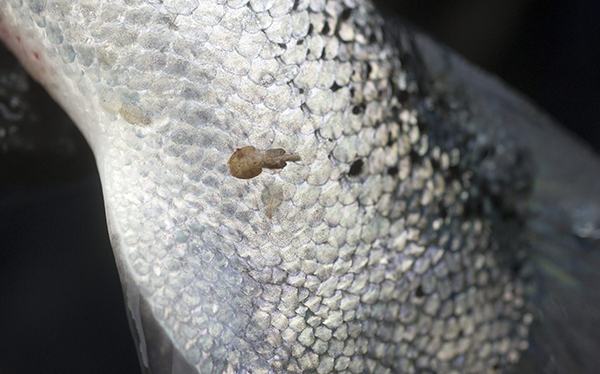
Health & Welfare
Gene editing eyed as a potential sea lice solution
A Nofima-led study is exploring the possibilities of using gene editing to make salmon more resistant to sea lice.


